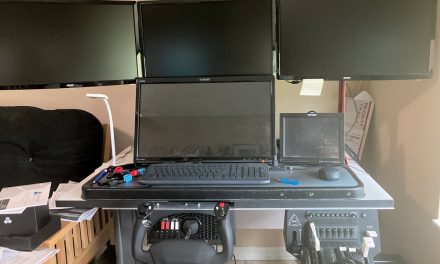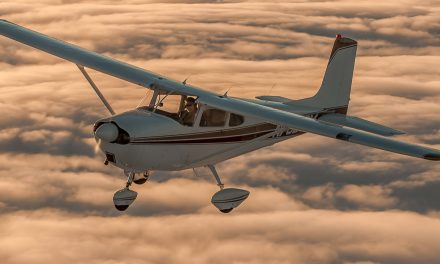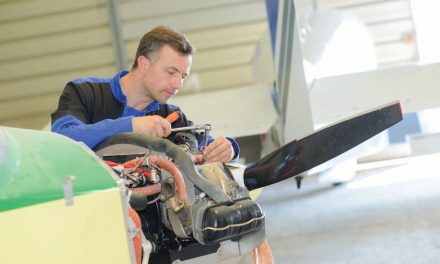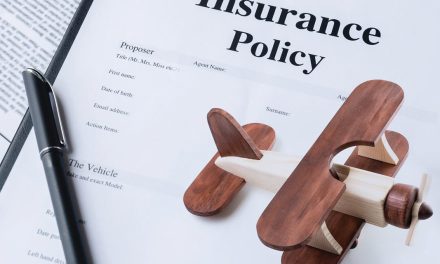Not surprisingly, I regularly get calls from people who have decided that they want to learn to fly. Usually it starts with them taking a ride with a friend who is a pilot or someone gives them an introductory flight.
This is where the story gets tough. Often the new pilot wannabe is at a stage in their life when they have the discretionary income and time to learn to fly. They often drive a late model car to the airport, and they are looking for something that can get them excited about flying. You know, give them the thrill that you and I already experience. But what they find can be disappointing: old and worn out aircraft, radios that are inoperable, and fuel gauges that are inaccurate.
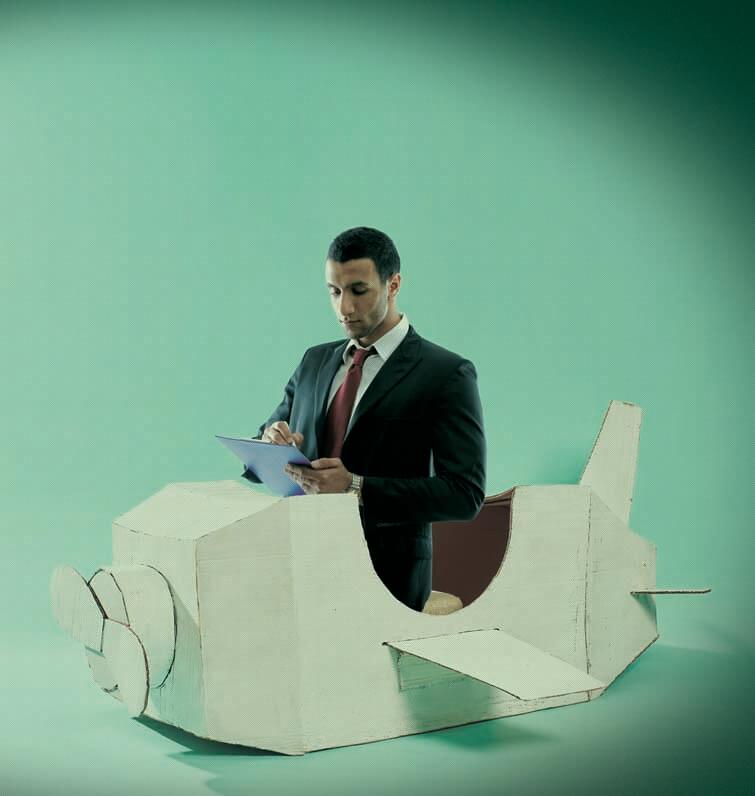
Of course, that’s not always the case: If the flight school has new aircraft, this won’t be a problem. Well, not usually. I remember one trip I flew a 1998 Cessna 172 that had a transponder that wouldn’t work. In the cockpit it appeared to be working fine — it just didn’t send any signals to anywhere. It was not repaired and did not have a placard. I didn’t know it wasn’t working until I was long gone on a trip. When I returned, the FBO admitted that they knew, but they said they didn’t want to spend money on repairs.
Watch Sky Smith’s Cost of Ownership Webinar
The FBO experience
I travel all over the country and rent vehicles from a number of different companies (Alamo, Hertz, Avis, Budget) and all the cars work and are cleaned, fueled, and ready to go. When was the last time you went to an FBO and had to wait while they fueled the aircraft that you were renting? When was the last time they vacuumed the interior and cleaned out the seat pockets?
OK, maybe I’m being a little harsh. Not all flight schools are like that. I did work in a family owned FBO for a bit. With that experience I learned that some FBOs go through months (and sometimes years) having trouble just keeping their doors open. Being in the aviation insurance business, I also know what the insurance costs are and how much an aircraft must fly to pay for just the insurance. In a way, it is amazing that many flight schools are even in business.
That said, if new start-ups are to continue, the product and service they offer has got to improve. And why do I say that? Back to the start of this: I get calls from budding pilots every day. After they experience the excitement and get hooked by the passion for flying, they check out the local FBO and get discouraged. Some of those people leave the industry without giving it a second chance.
The others call me about buying their own airplane and getting insurance. They want to know how they can get around the old ratty “junker” called a trainer. They want the aircraft rental experience to be like picking up a car at a national car rental company; it’s what our society has made them accustomed to. I’m used to the old way, so I don’t always expect anything different when I visit an FBO. I’m actually pleasantly surprised if things are like a car rental.
Another side note, aviation isn’t the only industry battling this problem. The boating world is concerned about losing participants and improving service. The numbers are a little different, but all recreational industries are fighting for the same people and their time. Who gets the most participants is the key. It’s estimated by the National Marine Manufacturers Association that there are more than 70 million people participating in recreational boating. That’s a large number. Just think what the general aviation industry would be like if we had those numbers. But the boating industry is still trying to improve service and keep people. Boating, like aviation, has attrition and a problem with shops offering service that is less than “automobile” quality. So, we are all in the same “boat.” We want more people, better service, and less attrition
Questions to Ask Before Buying as a Student
- Can I rent what I want?
Maybe the local school only has Pipers available and I want a Cessna. - Can I fit in the plane?
A Cessna 172 might be better choice than a Cessna 150 for my height and weight. - What are the plans for the plane?
Building hours locally is easy in a rental but traveling cross-country with the family may be a challenge. - How many seats do I need? Is there room for my dog?
- Can I afford the cost to own the plane I want?
Pilot math: The more I fly, the cheaper it gets. - Is maintenance available for my plane at my airport?
- Is there a CFI or two available to train me in my own plane?
- Is an instrument rating in the plans right away?
If so, remember that you won’t be able to upgrade the rental if it isn’t IFR ready.
The rental game
Anyway, back to the rental aircraft. Let’s review the advantages of renting, which I can basically sum up in just two items:
1. The per-hour cost is usually lower than if you own an aircraft and it doesn’t change except for inflationary or cost of living increases. The FBO must fly the aircraft more hours per year to keep the lower hourly cost, but it’s still cheaper.
2. The renter doesn’t have any maintenance responsibilities for the rental aircraft. If something breaks, the FBO is the one that has to fix it. The renter just signs out a different aircraft. No responsibility! Well, besides taking care of the equipment and flying in a safe manner, but nothing on a long-term or repair basis. No responsibility, that’s the key.
OK, that sounds like I’m recommending renting. Well in a way maybe I am. Owning is responsibility. And with responsibility comes control of maintenance and freedom to make decisions.
Responsibility comes at a cost
But responsibility comes at a cost! Sounds like a parent speaking to a teenager. You, the owner, pay for everything. If you are ready to take on the responsibility, buying an aircraft to learn in is a great way to go.
Of course, that is if you know what kind of aircraft you want to learn to fly before you buy it. Do you want a high wing or low wing, tailwheel or tricycle gear? There are lots of models and lots of options, especially if you don’t know for sure what you want.
From the insurance issue, the simpler, safer, more popular aircraft are usually the most acceptable as trainers with the best rates. Underwriters will look for simple to fly, fixed landing gear (usually tricycle gear), and four seats or fewer. Cessna 172s, Cherokee 140s, and similar types are good trainers. Saratogas and Cessna 210s, not so much. Doesn’t mean you cannot get insured in a Saratoga as a student, but it will not be easy and it will definitely be expensive.
It’s important that you fly a number of different aircraft before you settle on one type. Many a new pilot has called me and bought that first aircraft to learn to fly. They spent a lot of money on a really nice plane but after the first few hours, they realize they really would rather have a different model. Start your lessons and get hours in a few of the different aircraft available. Cessna, Piper, Beech, and many others all have advantages and disadvantages.
One key thing in the decision is the cost. For example, if you can rent a Cessna 172 for $60 an hour wet, you would probably have to fly about 300 hours a year Anyway, if you are learning to fly in your own aircraft there is one extra cost that you need to add into the equation — the instructor. But thinking out loud, I guess in reality you might need to add the CFI whether you rent or own. It depends on the flight school.
Watch Sky Smith’s Cost of Ownership Webinar
Comparing the costs
So, we know it costs to own. So, what? It also costs to rent. Figure what the costs are and decide if you would rather own and have control or rent and not have control. I like control. I like knowing what the maintenance is. I like polishing the spinner on my aircraft when I can’t fly. I like owning. And owning an aircraft is a great way to get involved in the industry.
But don’t forget to test a few different models before you buy. Don’t just buy an aircraft because the FBO said it’s the best deal or the best one. Get different opinions. I like high wings but have owned both high and low wings.
Jokingly, I always tell people that high wings are better for crashing in trees and corn fields because the wings and fuel tanks will separate from the fuselage protecting the occupants. I also say that low wings are better at landing on water since it gives you time to get out on the wings and wait for a rescue. I know, it’s not the best to talk about crashing, but you get the idea. Each design has its pros and cons and the only way to find out which is best for you is by flying different models. Again, if you can get a chance to fly a few lessons in different models, take the opportunity.
And if you need to buy insurance, as a student it is better to buy a small trainer aircraft and move up. Also, plan on buying something that has a resale value. Cessna 172s and Cherokee 140s are good resale products. Even Cessna 150s and 152s are good products. It’s a numbers thing; there are lot of these aircraft on the market and they don’t appreciate or depreciate as quickly as a few of the other models. Large numbers also make it easier to get parts and modifications.

